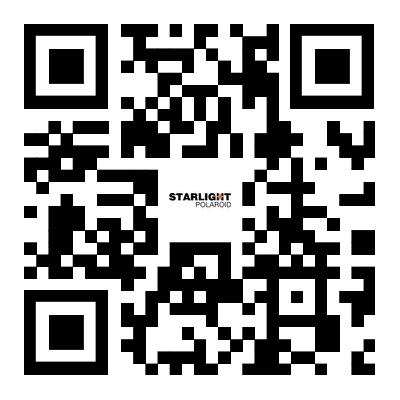Exploring Backlit Transparency Printing: Revolutionizing Digital Print Technology
Time:
Jul 01,2025
Backlit transparency printing is an advanced printing technique that has gained significant traction in the digital printing landscape, particularly in applications demanding high visual impact. This method involves printing on transparent materials that can be illuminated from behind, producing vibrant and eye-catching displays that stand out in various environments.
One of the most notable advantages of backlit transparency printing is its ability to create stunning visual effects. When light passes through the printed transparent medium, it illuminates the colors and details, resulting in images that are more vivid and dynamic than traditional printing methods. This technique is commonly used for signage, promotional displays, and advertising panels, where capturing a viewer's attention is paramount.
In the realm of manufacturing and processing machinery, the relevance of backlit transparency printing cannot be overstated. As businesses increasingly seek to engage customers with striking visual content, the demand for high-quality digital printing solutions grows. Backlit printing technology allows manufacturers to produce high-resolution images that not only convey information effectively but also enhance brand visibility.
Moreover, the materials used in backlit transparency printing are versatile. Typically, these include specialized films and papers that are designed to allow maximum light transmission while maintaining color richness. This versatility means that businesses can choose from a wide range of substrates, ensuring that the final product meets specific aesthetic and functional requirements. Additionally, advancements in ink technology have led to the development of inks that are specifically formulated for backlit applications, providing improved durability and vibrancy.
Environmental considerations are also becoming increasingly important in the printing industry. Many manufacturers are now focusing on sustainable practices, including the use of eco-friendly inks and recyclable substrates in backlit transparency printing. This commitment to sustainability not only appeals to environmentally-conscious consumers but also aligns with regulatory requirements that are becoming more prevalent across industries.
Furthermore, the integration of digital printing technology with backlit transparency printing has streamlined production processes. Modern digital printers are capable of producing complex designs and graphics quickly and efficiently, reducing turnaround times for businesses. This capability allows companies to respond promptly to market demands, ensuring they remain competitive in a fast-paced environment.
In conclusion, backlit transparency printing represents a significant advancement in digital printing technology. Its unique ability to produce vibrant, illuminated displays offers numerous applications across various sectors, making it a valuable asset for businesses looking to enhance their visual communication strategies. As technology continues to evolve, the potential for backlit printing in the manufacturing and processing machinery industry will only increase, paving the way for exciting new opportunities and innovations.
One of the most notable advantages of backlit transparency printing is its ability to create stunning visual effects. When light passes through the printed transparent medium, it illuminates the colors and details, resulting in images that are more vivid and dynamic than traditional printing methods. This technique is commonly used for signage, promotional displays, and advertising panels, where capturing a viewer's attention is paramount.
In the realm of manufacturing and processing machinery, the relevance of backlit transparency printing cannot be overstated. As businesses increasingly seek to engage customers with striking visual content, the demand for high-quality digital printing solutions grows. Backlit printing technology allows manufacturers to produce high-resolution images that not only convey information effectively but also enhance brand visibility.
Moreover, the materials used in backlit transparency printing are versatile. Typically, these include specialized films and papers that are designed to allow maximum light transmission while maintaining color richness. This versatility means that businesses can choose from a wide range of substrates, ensuring that the final product meets specific aesthetic and functional requirements. Additionally, advancements in ink technology have led to the development of inks that are specifically formulated for backlit applications, providing improved durability and vibrancy.
Environmental considerations are also becoming increasingly important in the printing industry. Many manufacturers are now focusing on sustainable practices, including the use of eco-friendly inks and recyclable substrates in backlit transparency printing. This commitment to sustainability not only appeals to environmentally-conscious consumers but also aligns with regulatory requirements that are becoming more prevalent across industries.
Furthermore, the integration of digital printing technology with backlit transparency printing has streamlined production processes. Modern digital printers are capable of producing complex designs and graphics quickly and efficiently, reducing turnaround times for businesses. This capability allows companies to respond promptly to market demands, ensuring they remain competitive in a fast-paced environment.
In conclusion, backlit transparency printing represents a significant advancement in digital printing technology. Its unique ability to produce vibrant, illuminated displays offers numerous applications across various sectors, making it a valuable asset for businesses looking to enhance their visual communication strategies. As technology continues to evolve, the potential for backlit printing in the manufacturing and processing machinery industry will only increase, paving the way for exciting new opportunities and innovations.
Recommended content
Share to



